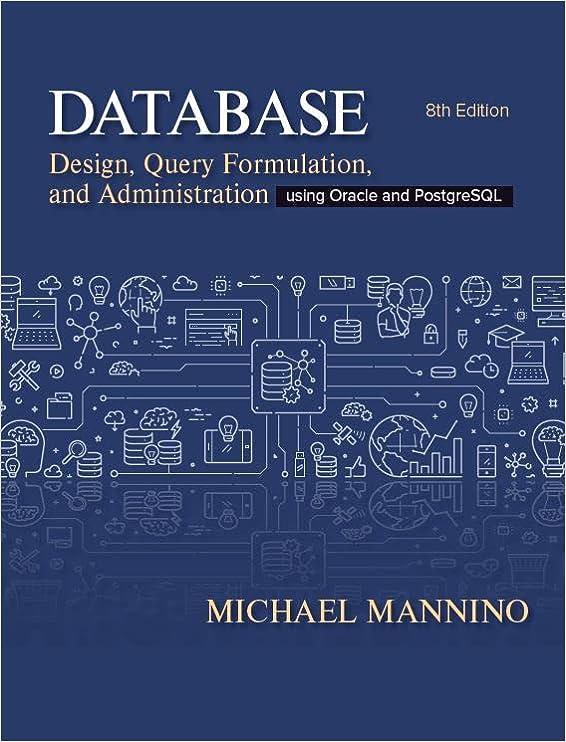Question
DO THE FOLLOWING IN C char nibble_to_hex_digit(char* nibble); //Parameter 'nibble' is a group of four binary digits. //Return the equivalent hex digit of the nibble.
DO THE FOLLOWING IN C
char nibble_to_hex_digit(char* nibble);
//Parameter 'nibble' is a group of four binary digits.
//Return the equivalent hex digit of the nibble.
char* binary_to_hex(char* number);
//Create an array of nibbles from the binary number.
//Dynamically allocate enough memory for a new string so that it can hold a hex
//number with 'HEX_MAX_DIGITS' hex digits plus 2 prefixes.
//Add the prefix '0x' to the new string.
//Get the hex digits from the nibbles in the array and save them into the string.
//Return the pointer of the new string.
char* hex_to_binary(char* number);
//Pointer 'number' is pointing a string representation of a hex number.
//Dynamically allocate enough memory for a new string so that it can hold a binary
//number with 'BINARY_WORD_SIZE' binary digits plus 2 prefixes.
//Add the prefix '0b' to the string.
//Use hex-to-binary conversion algorithm to get the equivalent binary digits of
//the hex number and save the binary digits into the new string.
//Return the pointer of the new string.
char* to_decimal(char* number);
//Return the result calling binary_to_decimal() function if the number is
//represented in binary format. Pass the pointer to the first binary digit
//of the binary number into binary_to_decimal() function.
//Return the result calling hex_to_decimal() function if the number is
//represented in hex format.
//Return a copy of the number removing the leading zeros if the number is
//represented in decimal.
char* to_binary(char* number);
//Call decimal_to_binary() function if the number is represented in decimal format.
//Add prefix '0b' with the binary number and return.
//Return the result calling hex_to_binary() function if the number is
//represented in hex format.
//Return a copy of the number if the number is represented in binary.
char* to_hex(char* number);
//Return the result calling decimal_to_hex() function if the number is
//represented in decimal format.
//Return the result calling binary_to_hex() function if the number is
//represented in binary format.
//Return a copy of the number if the number is represented in hex.
char* integer_part_to_binary(char* number);
//Call is_real_part() function to check whether it is valid integer part of a real number.
//If yes, call decimal_to_binary() function to get the binary representation of the part.
//Extend the binary representation to FIXED_POINT_PART_MAX_SIZE by calling extend_to_word_size()
//function and return the extended binary.
char* binary_to_integer_part(char* number);
//Call is_fixed_point_part() function to check whether it is a valid integer part of a
//fixed point number.
//If yes, call binary_to_decimal() function to return the decimal representation of the part.
char* fraction_part_to_binary(char* number);
//Call is_real_part() function to check whether it is a valid fraction part of a real number.
//If yes, perform the followings:
// Allocate enough memory dynamically to a new string to hold
// FIXED_POINT_PART_MAX_DIGITS binary digits.
// Use decimal-fraction-to-binary conversion algorithm to get the binary digits and
// save the binary digits into the new string.
// Extend the binary representation to FIXED_POINT_PART_MAX_SIZE by calling
// extend_to_word_size() function and return the extended binary.
char* binary_to_fraction_part(char* number);
//Call is_fixed_point_part() function to check whether it is a valid fraction part of a
//fixed point number.
//If yes, perform the followings:
// Use binary-to-fraction conversion algorithm to get the fraction value of a real
// number.
// Allocate enough memory dynamically to a new string to hold REAL_PART_MAX_DIGITS
// decimal digits plus a the decimal point.
// Convert the fraction value into the new string and return the pointer
// of the string.
char* to_fixed_point(char* number);
//Call is_real() function to check whether it is a valid real number.
//If yes, perform the followings:
// Get the integer part of the real number into a new string by calling
// get_integer_part() function and pass it to integer_part_to_binary()
// function to get the binary representation of the integer part of the real number.
// Get the fraction part of the real number into a new string by calling
// get_fraction_part() function and pass it to fraction_part_to_binary() function
// to get the binary representation of the fraction part of the real number.
// Concatenate both the integer and fraction part binaries into a new
// fixed point repsrented string.
// Free all the dynamically allocated memories that are no longer required.
// Return the pointer of the pointer of the fixed point string.
char* from_fixed_point(char* number);
//Call is_fixed_point() function to check whether it is a valid fixed point number.
//If yes, perform the followings:
// Get the copy of the integer part of the fixed point number into a new string
// and pass it to binary_to_integer_part() function to get the decimal
// representation of the integer part of the fixed point number.
// Get the copy of the fraction part of the fixed point number into a new string
// and pass it to binary_to_fraction_part() function to get the decimal fraction
// representation of the fraction part of the fixed point number.
// Concatenate both integer and fraction parts into a new
// real number repsrented string.
// Free all the dynamically allocated memories that are no longer required.
// Return the pointer of the real number string.
Step by Step Solution
There are 3 Steps involved in it
Step: 1

Get Instant Access to Expert-Tailored Solutions
See step-by-step solutions with expert insights and AI powered tools for academic success
Step: 2

Step: 3

Ace Your Homework with AI
Get the answers you need in no time with our AI-driven, step-by-step assistance
Get Started


